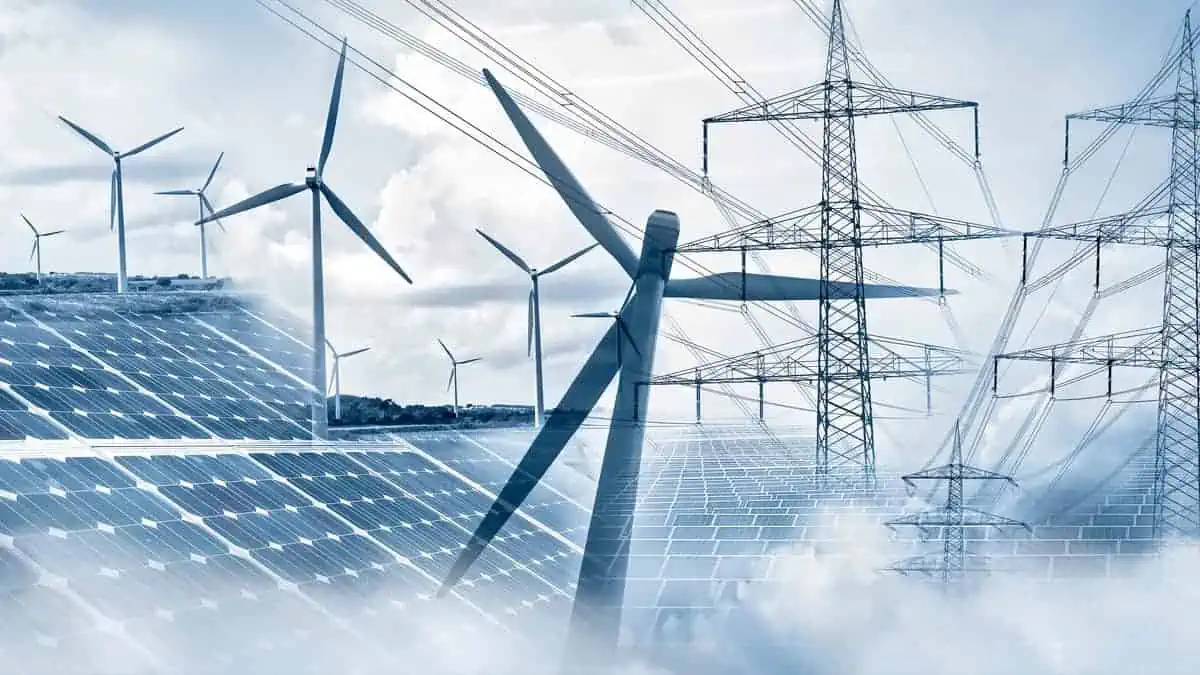The International Energy Agency published its Electricity Market Outlook for 2023 on February 8, indicating the trends in electricity demand and sources of electricity worldwide in 2022 and forecasts through 2025.
The IEA reiterates its prediction from last year that global power sector emissions will rise for good by 2025 as more renewables and nuclear power plants come online and the phase-out of coal-fired electricity accelerates.
Moreover, it has been mentioned that emissions from the industry peaked once more in 2022, along with record highs in 2021. Emissions increased 1.3% year on year in 2022, following a 6% increase in 2021 as lockdown limitations were relaxed.
Emissions to decrease by 2025
The IEA now expects emissions to plateau until 2025 before declining, whereas previously, it predicted a decrease between 2022 and 2025.
Notably, it is a source of concern for global climate initiatives. The Intergovernmental Panel on Climate Change (IPCC) has indicated that global emissions must be reduced by at least 45% by 2030. This reduction should help in keeping global temperature rise below 1.5 degrees Celsius.
The power sector is frequently regarded as the foundation for decarbonization elsewhere; its low-carbon shift enables transportation, heat, and heavy industry transitions.
According to the IEA, the share of renewables in the global electricity mix will increase from 29% in 2022 to 35% in 2025. China is expected to set up the most renewable electricity generation capacity during this timeline, followed by the EU 27.
Interestingly, the IEA claimed that the proportion of natural gas and coal would remain broadly flat.
European progress offset somewhere
Since gas-fired generation is expected to decline in the EU in the short term, the report noted an increase in 2022.
It concludes that this will be temporary, with coal and gas reducing by more than 10% annually across the bloc over the next three years.
According to the IEA, “significant growth” in gas-fired generation in the Middle East will almost entirely offset this.
The Agency also anticipates that the decrease in coal-fired generation in Europe, North America, and South America will be offset by an increase in the Asia-Pacific region, at least in the short term.
Efforts to boost energy efficiency and decrease electricity consumption follow a similar pattern. The EU recorded a 3.5% year-on-year decrease in electricity consumption in 2022.
Policy interventions involving building retrofit and behavior change were implemented to wean the bloc off Russian fossil fuel imports by 2027.
IEA reports an increase in electricity consumption
Nonetheless, electricity demand in India increased by 8.4% year-on-year. The IEA attributes this partly to a good economic recovery from COVID-19 and to “exceptionally high” summer temperatures, which increased cooling demand.
In 2022, India and Pakistan experienced their hottest March since 1901. It brought unseasonably early and serious heat waves wreaking havoc on agriculture and killing at least 90 people.
The IEA also reported a 2.6% increase in US electricity demand and a similar rise in China.
The report explained that demand is increasing in developed and emerging markets as the former industrialize and improve energy access. The latter strives to electrify industries such as heat and transportation.
The IEA forecasts that China, India, and Southeast Asia will account for more than 70% of global electricity demand growth through 2025.






